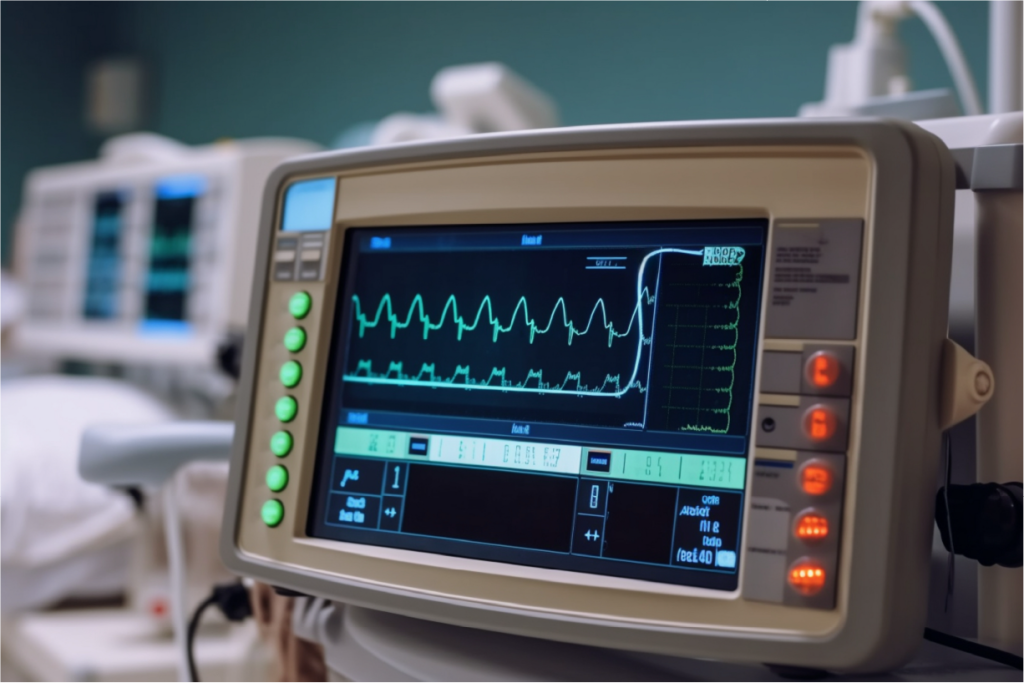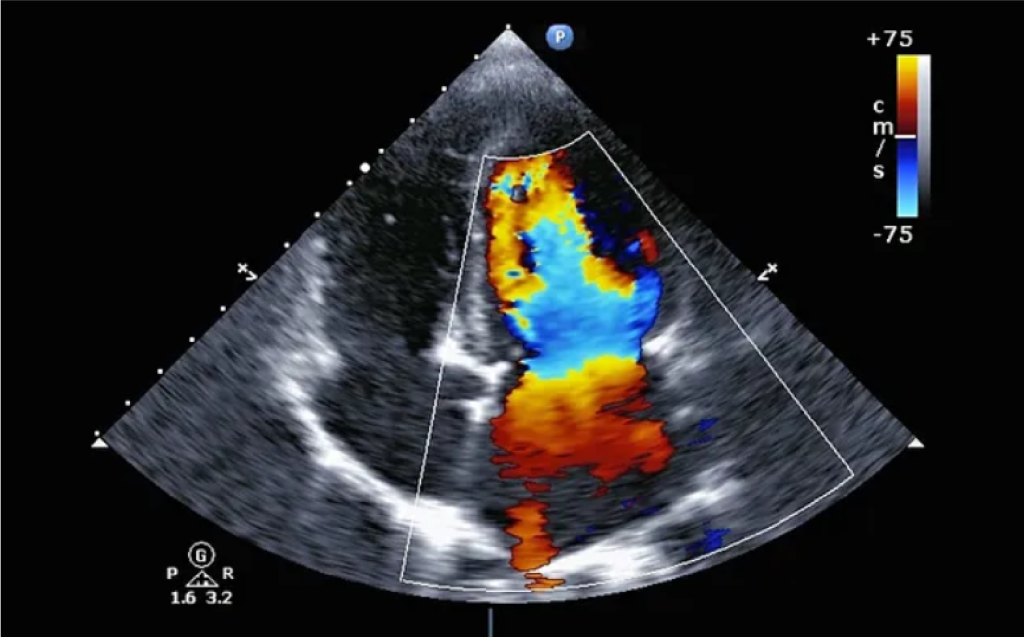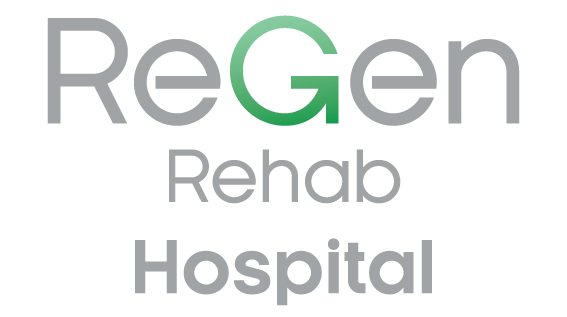
Electrocardiogram (ECG)
An ECG is a medical test that measures the electrical activity of the heart. It’s a simple, safe and painless test. There’s no risk of being electrocuted.
Purpose
- Diagnose heart conditions: arrhythmias, heart attacks, and other cardiac issues.
- Monitor heart health: It helps in monitoring the heart's health over time, especially in patients with existing heart conditions.
- Preoperative assessment: Used as part of preoperative evaluations to ensure the heart can handle the stress of surgery.
How the Test is Performed
Preparation
The patient lies down, and electrodes are attached to the chest, arms, and legs.
Recording
The ECG machine records the heart's electrical activity.
Analysis
The recorded ECG tracings are analysed by a healthcare professional.

ECHO
An echocardiogram, often referred to as an “echo,” is a diagnostic test that uses ultrasound waves to create images of the heart. This non-invasive procedure provides detailed information about the heart’s structure and function.
Purpose
- Assess heart function: Evaluate the size, shape and movement of the heart’s chambers and valves.
- Detect heart conditions: Identify abnormalities such as valve diseases, heart defects, cardiomyopathy, and pericardial e usion.
- Monitor ongoing heart conditions: Track the progression of heart diseases and the e ectiveness of treatments.
- Pre-surgical evaluation: Assess the heart’s function before surgery.
Types of Echocardiography
- Transthoracic Echocardiogram (TTE): This is the most common type of echocardiogram and is performed by placing a transducer on the chest wall to capture images of the heart from outside the body.
- Transesophageal Echocardiogram (TEE): In some cases, a TEE may be performed, which involves inserting a specialized probe down the esophagus to get a closer and clearer view of the heart. This is often used for more detailed assessments.
- Stress Echocardiogram: This test combines echocardiography with exercise or medication to evaluate how the heart functions under stress.
How the Test is Performed
- Echo tests are done by trained health care professionals.
- The test is painless and has no side effects.
- It usually takes less than an hour.
- During the test:
- Patient lies on a bed on the left side or back.
- The CVT will put special gel on a probe and move it over patient’s chest.
- Sound waves will travel down the probe and pick up images of heart and valves.
- No X-rays will be used and won’t be exposed to radiation.
- Heart’s movements can be seen on a video screen.
- Sometimes the probe needs to be closer to patient’s heart to give clearer pictures. If that happens, may need a special test called a transoesophageal echocardiogram (TEE), this test to look for signs of infection (endocarditis) blood clots (thrombi), or other abnormal structures or connections.
- During this test:
- Fasting requires before the test
- Patient might get medication to help relax and a numbing fluid sprayed in the back of the throat.
- Then, a cardiologist will gently pass a tube with a probe on the end of it down the throat and into the oesophagus.
- Sound waves will create images as explained above.
- When the test is finished, the cardiologist will gently pull the probe out.
- May feel uncomfortable and a need to cough

Stress Test
A stress test (also known as a cardiac exercise test) is used to measure the heart’s response to physical exertion in a controlled environment. The stress test assesses how well the heart handles work by monitoring the heart rate, blood pressure, electrocardiogram and oxygen level while patient is at rest and during physical activity.
Purpose
- Diagnose Coronary Artery Disease (CAD): Identify blockages in coronary arteries.
- Evaluate Heart Rhythm: Detect arrhythmias that might occur during exercise.
- Assess Heart Function: Evaluate how well the heart pumps blood under stress.
- Guide Treatment Plans: Help determine the e ectiveness of current treatments or need for new interventions.
- Develop Exercise Programs: Provide information for safe exercise guidelines for cardiac rehabilitation.
How the Test is Performed
1. Preparation:
- Wear comfortable clothing and shoes suitable for exercise.
- Avoid heavy meal or caffeine or smoking for a few hours (2 to 3 hours) before the test.
- Inform doctor about all the ongoing medications
2. During the Test:
- Electrodes will be placed on the chest to monitor the heart’s electrical activity (ECG).
- A blood pressure cuff will be placed on the arm.
- Start exercising on a treadmill, gradually increasing the intensity, patient will be asked to walk on a treadmill at brisk pace for about 15 minutes and attempt to reach a certain heart rate (based on the age). Every 3 minutes, the treadmill will increase in speed and incline.
- The trained medical staff will supervise patient at all the times and ensure it is done in a safely manner.
- The heart rate, blood pressure, and ECG will be monitored throughout the test.
3. After the Test:
- Patient to be monitored for a short period as the heart rate and breathing return to normal.
